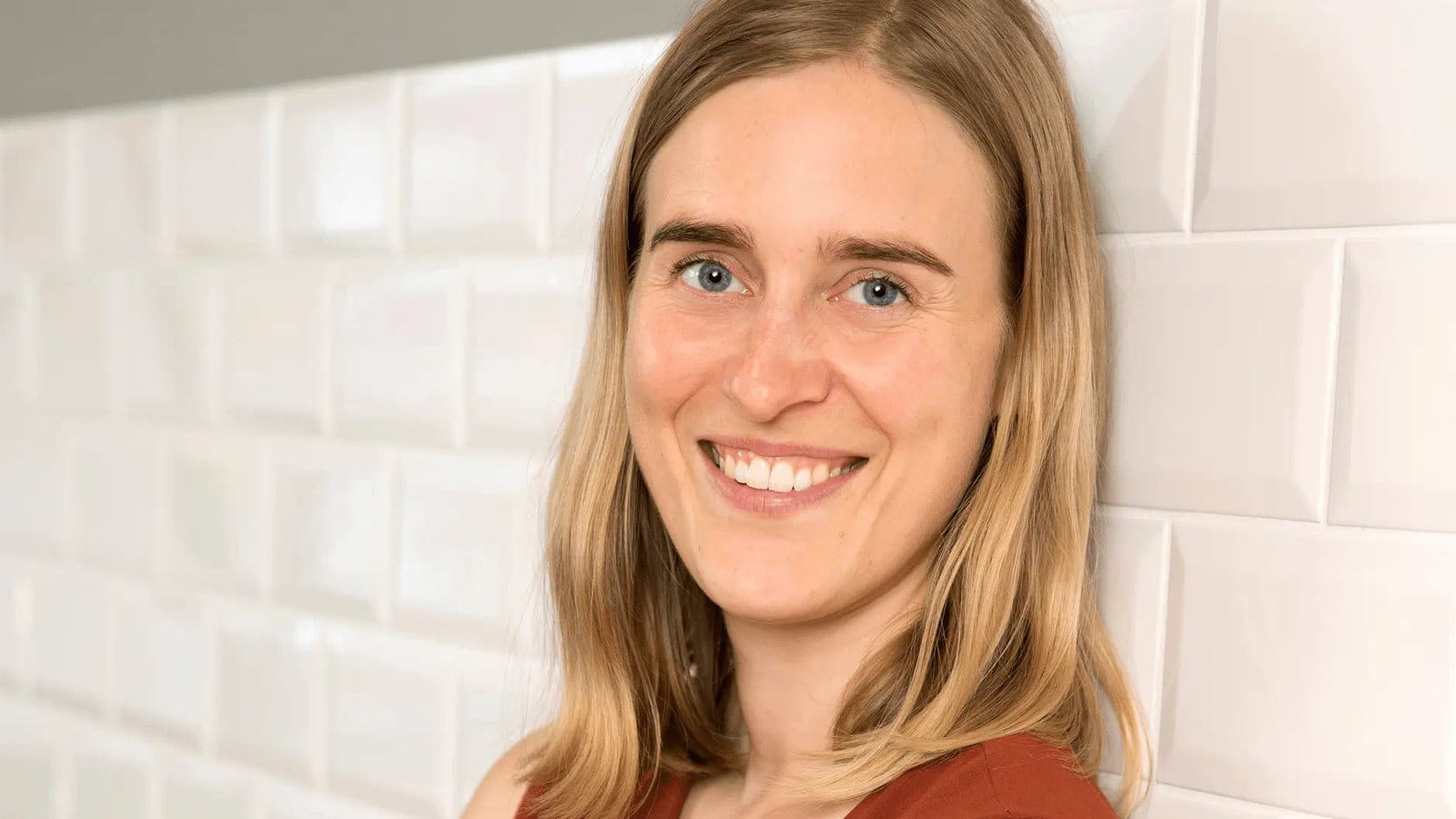Beiersdorf has been using the vital coenzyme Q10 in antiaging care since 1998, making it a pioneer in skin research and cosmetics to this day. But can the extensive data on skin cells enriched with Q10 also be supported pictorially? In what quantities do the individual skin cells absorb the body’s own “superfood” that is supposed to turn back the age clock a bit, and where exactly does it accumulate?
Cooperation Leads to Another Breakthrough in Q10 Research

Beiersdorf’s researchers wanted to find this out exactly and collaborated with the Fraunhofer Institute for Applied Polymer Research (IAP), the University of Hamburg, and the renowned research center DESY (Deutsches Elektronen-Synchrotron). Biologist Dr. Julia Weise is a laboratory manager in the Biological Testing department at Beiersdorf and anticipates the result of the interdisciplinary collaboration: “Together, we were not only able to visualize added Q10 in skin cells for the first time, but also its cellular uptake and the coenzyme’s pathway within the cell. Thus, we have also been able to demonstrate for the first time that Q10 is not only absorbed by the majority of cells, but demonstrably by every single cell.”
The results are a small sensation and once again show that there is still something new to discover in research on the coenzyme Q10. This is one of the reasons why the research was evaluated by independent scientists and published in a renowned journal in order to make it accessible to other research groups. For the well-known physicist and fundamental researcher Prof. Dr. Florian Grüner from the Institute of Experimental Physics at the University of Hamburg, who brought together the research consortium involved, this is an important driver: “It is crucial that research finds its way into everyday life. The question is always what society ultimately gets out of it. For example, it plays a major role in disease control, whether active ingredients reach the desired location. Our method finally makes this detection possible. This offers potential for further science and research, for example in cancer therapy and, of course, in global Q10 research, including beyond the skin.”
Making the Hidden Visible
The core element is the so-called XRF method (X-ray fluorescence spectroscopy). This is based on the principle of X-ray fluorescence analysis – an imaging method used in materials analysis that is generally used to examine solid samples such as glass, ceramics, or building materials. It is also common practice in medicine to reveal the hidden with the help of contrast agents and sophisticated measurement technology.

But before physics can even play a role, intensive preparatory work is needed, as Dr. Mirja van Bodegraven, who led the Beiersdorf project, knows: “On the biological side, we were responsible for preparing the Q10-treated skin cell cultures in such a way that they could be measured at DESY using the XRF method.” As in modern medicine, there was also the far from trivial search for a contrast agent that would allow Q10 to be visualized for the XRF method without altering it. The participating chemists from the Fraunhofer Institute found the solution with iodine atoms. “During a series of experiments and initial preparatory tests in our laboratories, we were able to show together that labeling Q10 with iodine does not change the properties of the coenzyme, making it a perfect tool for investigating the bioavailability and distribution of Q10 in cells,” summarizes Dr. Mirja van Bodegraven.
Highly Sensitive Measurement Technology

Individual molecules, immune cells, or antibodies are invisible to the human eye. If they carry a label as in this case iodine atoms as a kind of contrast agent, they emit signals via X-rays and can be read out. Behind this highly sensitive technology is DESY, one of the world’s leading accelerator centers. The large-scale equipment of the Hamburg-based research institute uncover the smallest details. In 2020, Beiersdorf’s R&D department invited axiom insights, a start-up founded by DESY collaborating with the University of Hamburg via contract research, to a nonbinding get-together. “This meeting provided the initial spark and we subsequently set up a project for our joint research work. It was a high-risk project with many unknowns,” says Dr. Julia Weise. The fact that a company like Beiersdorf AG has the courage to invest in research with an open outcome is a win-win situation for everyone involved, emphasizes Prof. Dr. Florian Grüner: “At the beginning, it was by no means clear that we would even be able to provide evidence of the added coenzyme Q10 in every single cell. We ourselves would not have even attempted this without Beiersdorf’s request. In this respect, science also benefits from such collaborations with industry.”
A research project with three scientific disciplines at the same table is definitely something special. According to Dr. Julia Weise: “Once again, it has been shown – progress is often made at interfaces.” The fact that research on the vital Q10 is still bringing new findings to light is what drives her. Dr. Mirja van Bodegraven feels the same way: “It has always been a concern of worldwide Q10 research to make the coenzyme visible. Until now, this seemed scientifically and technically impossible. So, it’s all the more wonderful that Beiersdorf Research has succeeded in doing so for the first time worldwide in this interdisciplinary collaboration, and that we now have visual proof that our Q10 reaches where we want it to be – in every single skin cell.”

Q10 History

In 1957, the American scientist Frederick L. Crane discovered the coenzyme Q10, which has been studied closely for around 60 years. In the 1990s, Beiersdorf scientists were among the first to investigate the effects of Q10 on the skin. Since 1998, the company has been using Q10 in NIVEA skin-care products, making it a pioneer in the mass market. Today, the coenzyme Q10 is one of the most important active ingredients in antiaging care and is used in face creams, body lotions, and serums.
Related Links
About the editor: Kathrin Erbar

Kathrin takes us on a journey to the fascinating field of research and development at Beiersdorf. Before exploring Beiersdorf’s DNA, she was doing the communication for HR related topics, such as diversity, leadership or New Work. She also used to be responsible for financial communications at Beiersdorf for several years.
